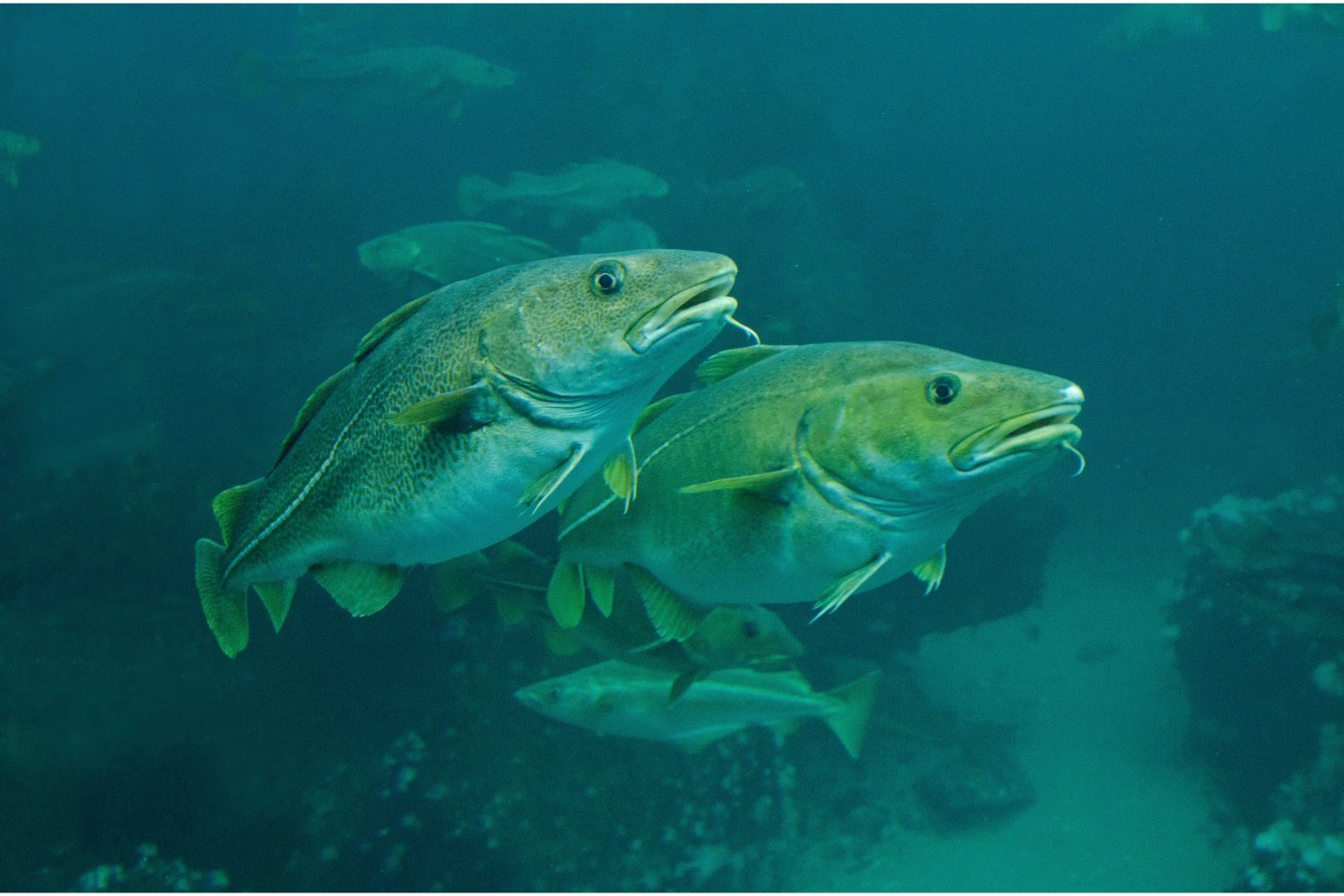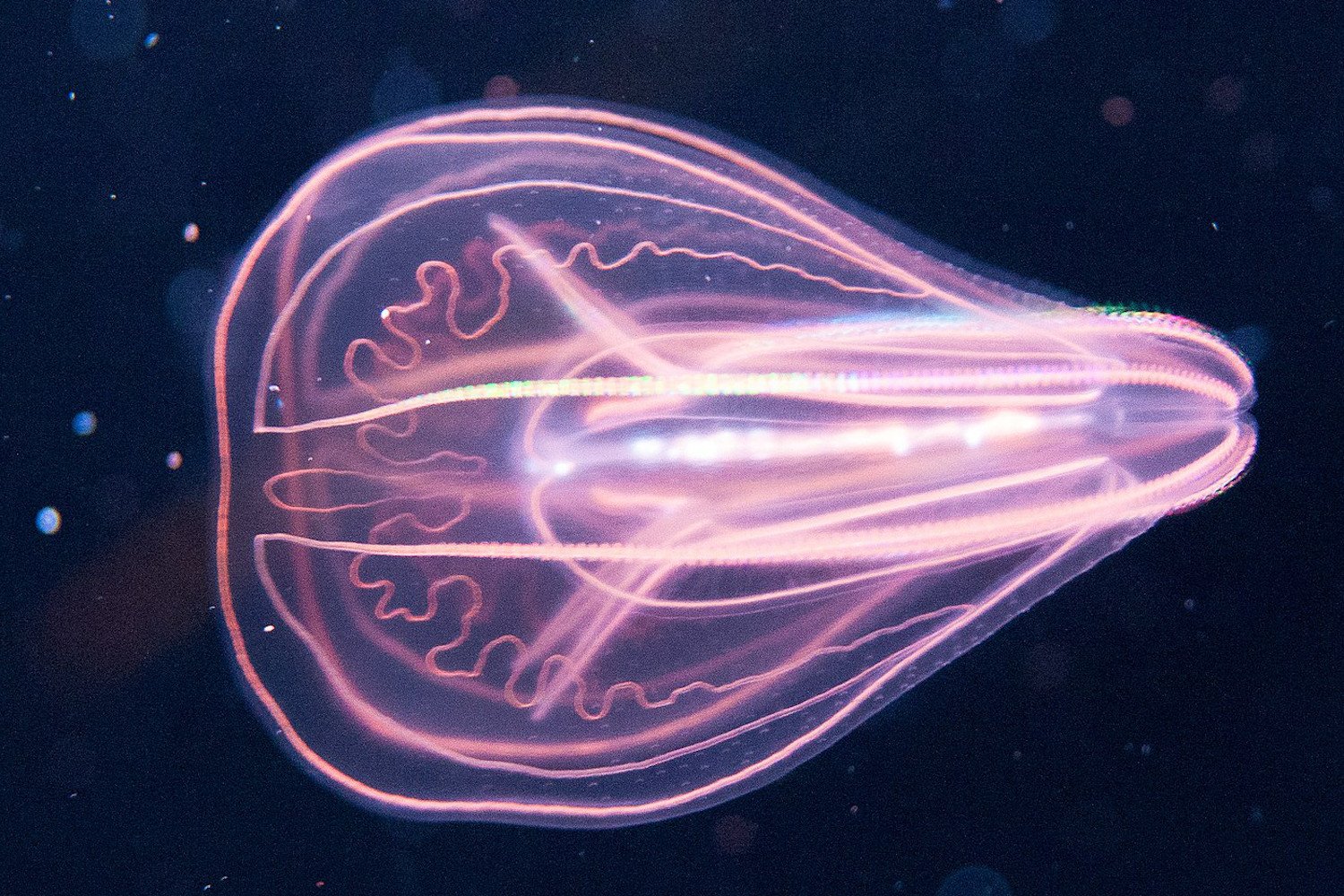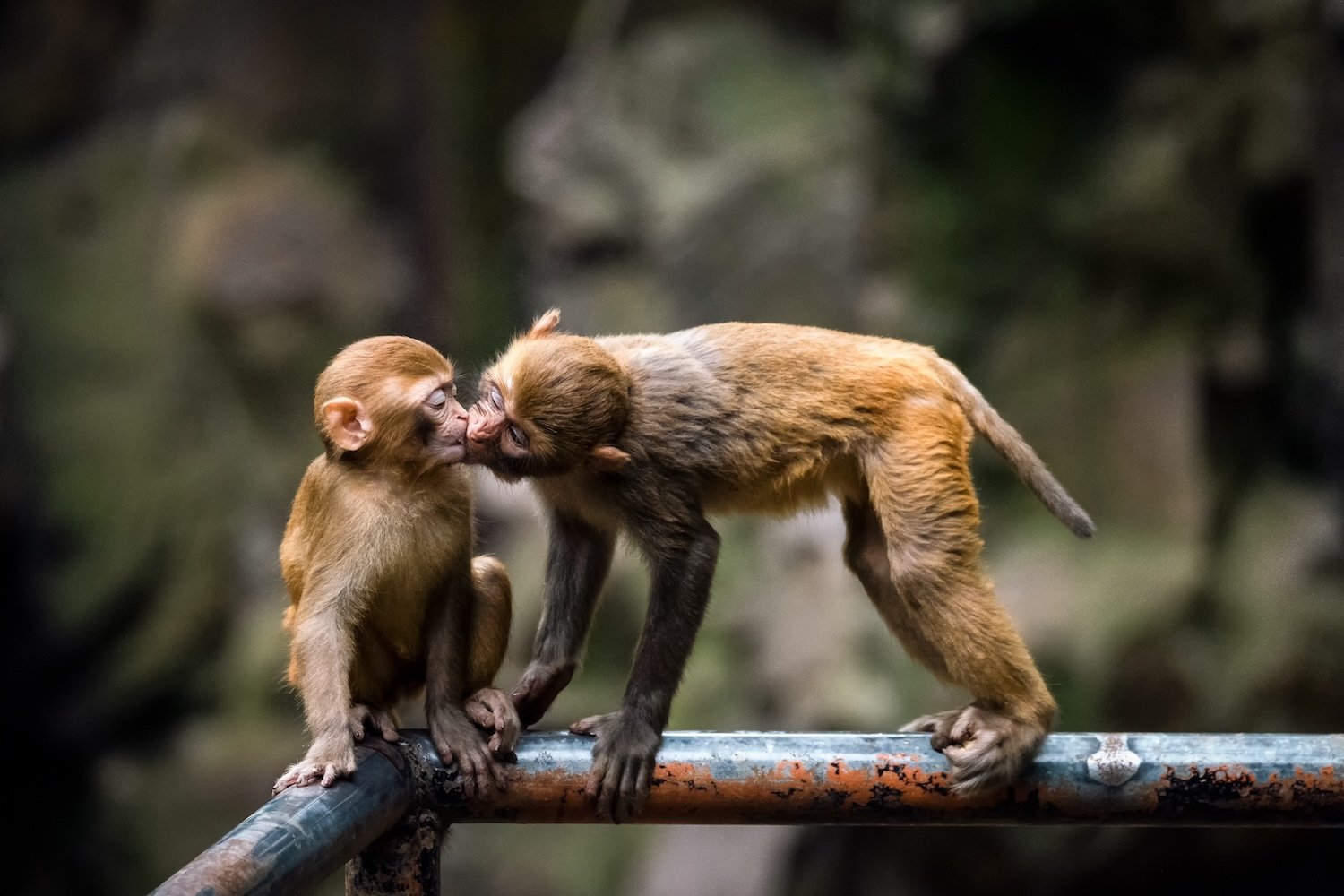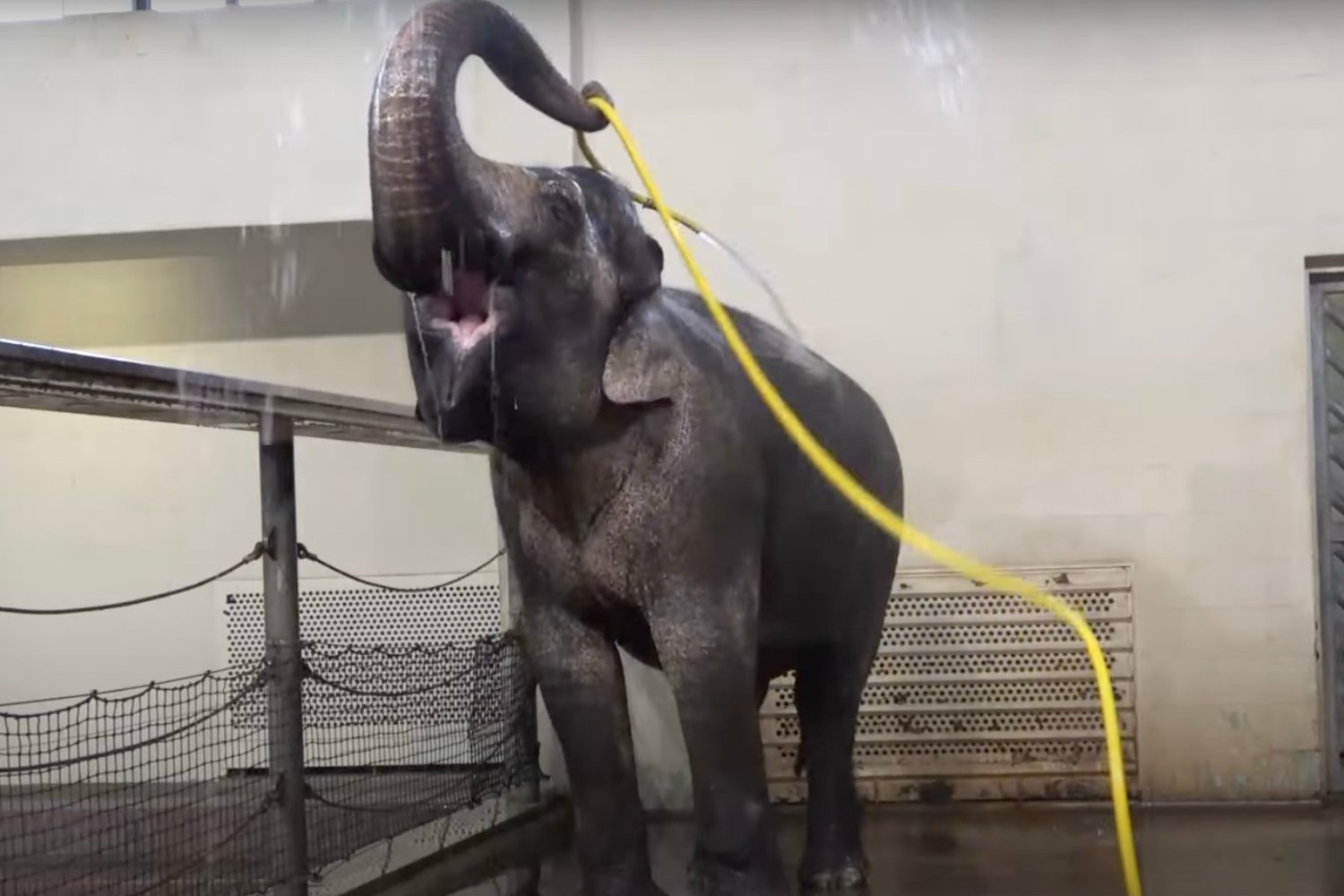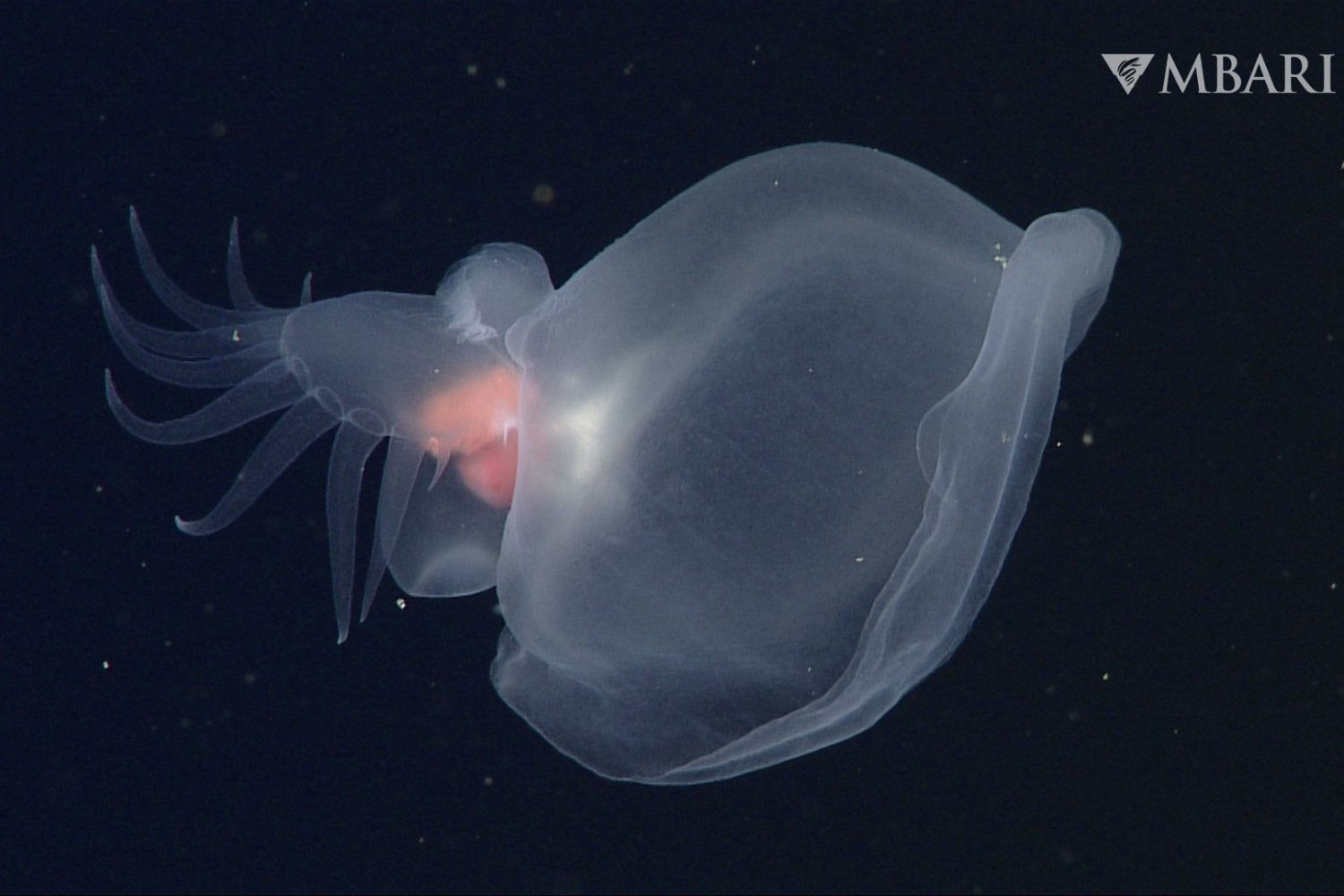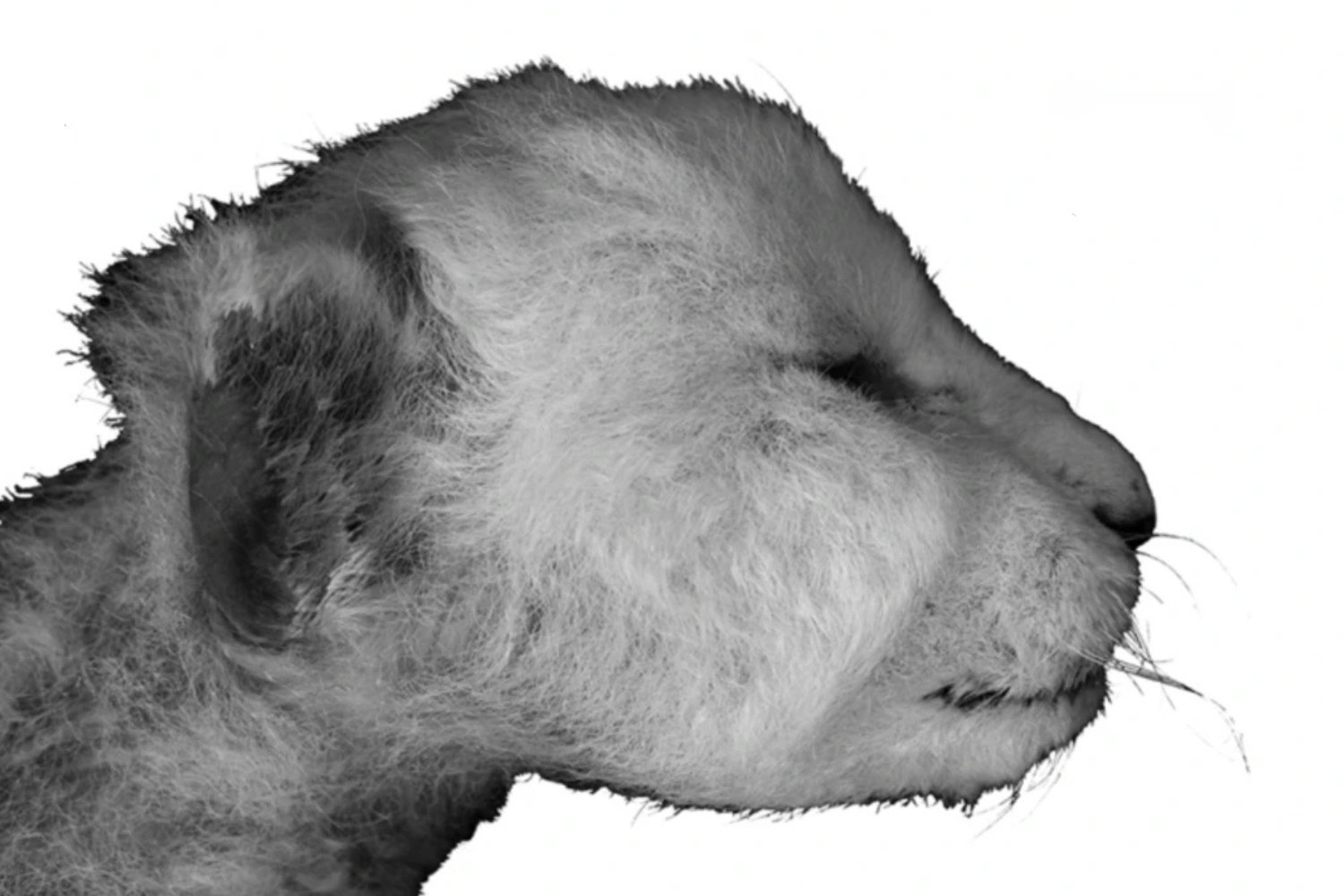Oceanographers have witnessed a breathtaking display of marine predation, capturing the largest documented event of its kind. Using advanced sonar technology, researchers observed a massive swarm of Atlantic cod consuming millions of migrating capelin off the coast of Norway. This remarkable event sheds light on the complex dynamics of predator-prey relationships in the ocean and underscores the potential impacts of environmental changes.
Capelin, small forage fish resembling anchovies, undertake extensive migrations, forming vast shoals for protection and spawning. These aggregations create opportunities for predators like Atlantic cod. In February 2014, researchers using Ocean Acoustic Waveguide Remote Sensing (OAWRS) tracked a capelin shoal of approximately 23 million individuals spanning miles across Norwegian coastal waters. This massive gathering attracted a large group of cod, triggering a feeding frenzy. Within just four hours, the cod devoured an estimated 10 million capelin.
The study, published in Nature Communications Biology, highlights the power of OAWRS to monitor marine ecosystems. This sonar-based technique allows scientists to observe fish populations and their interactions in real-time, offering unprecedented insights into the dynamics of marine life. The researchers emphasize the potential of OAWRS to improve our understanding of large marine ecosystems and support the management of marine resources.
While the observed predation event was dramatic, it represented only a small fraction (around 0.1%) of the total capelin population in the region. Billions of capelin migrate through the northeast Atlantic, and such events play a vital role in the natural balance of the ecosystem. However, the researchers caution that declining capelin and cod populations, potentially exacerbated by overfishing and climate change, make these events a growing concern.
As Nicholas Makris, a professor at MIT and senior author of the study, explained to MIT News, localized predation events can rapidly shift the predator-prey balance. While healthy populations with multiple distribution centers can withstand such events, declining populations face greater risks. The loss of ecological hotspots due to environmental stressors could amplify the consequences of these natural predation events, impacting both the prey species and those that depend on them.
This research underscores the importance of ongoing monitoring efforts. Technologies like OAWRS provide valuable tools for tracking the health of marine ecosystems and understanding the complex interactions between predators and prey, particularly in the face of changing environmental conditions.
This observation, while highlighting a dramatic natural event, also serves as a reminder of the delicate balance within marine ecosystems and the potential impact of human activities and climate change on these vital populations.



